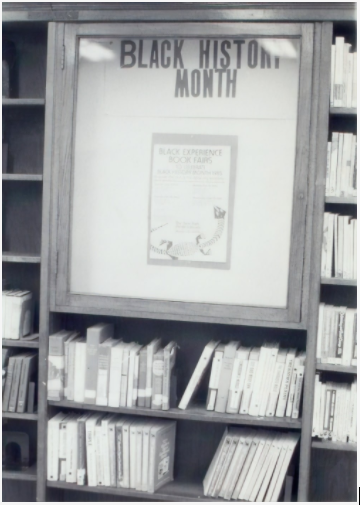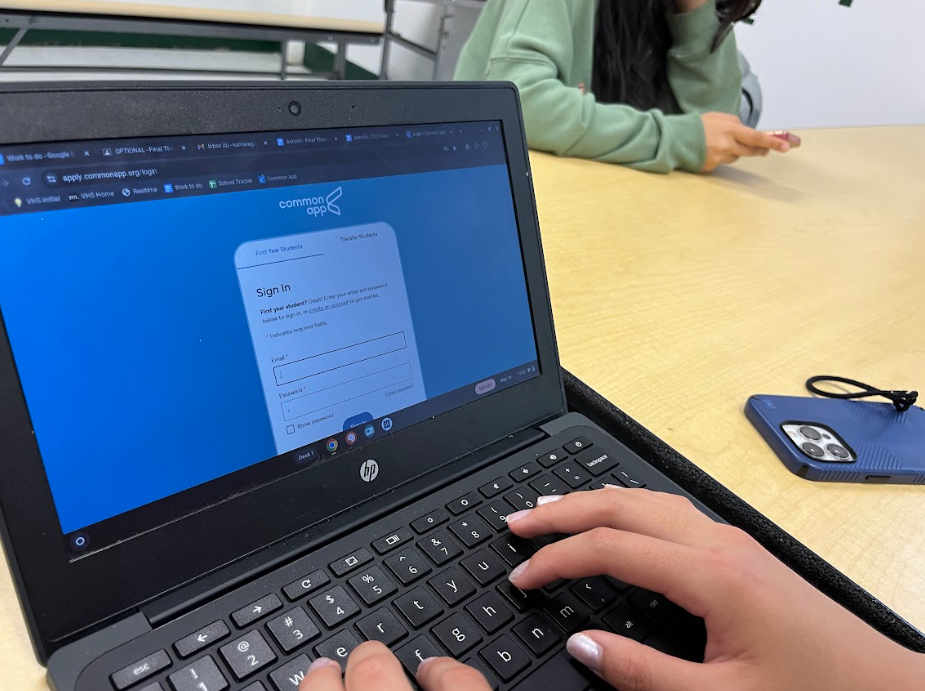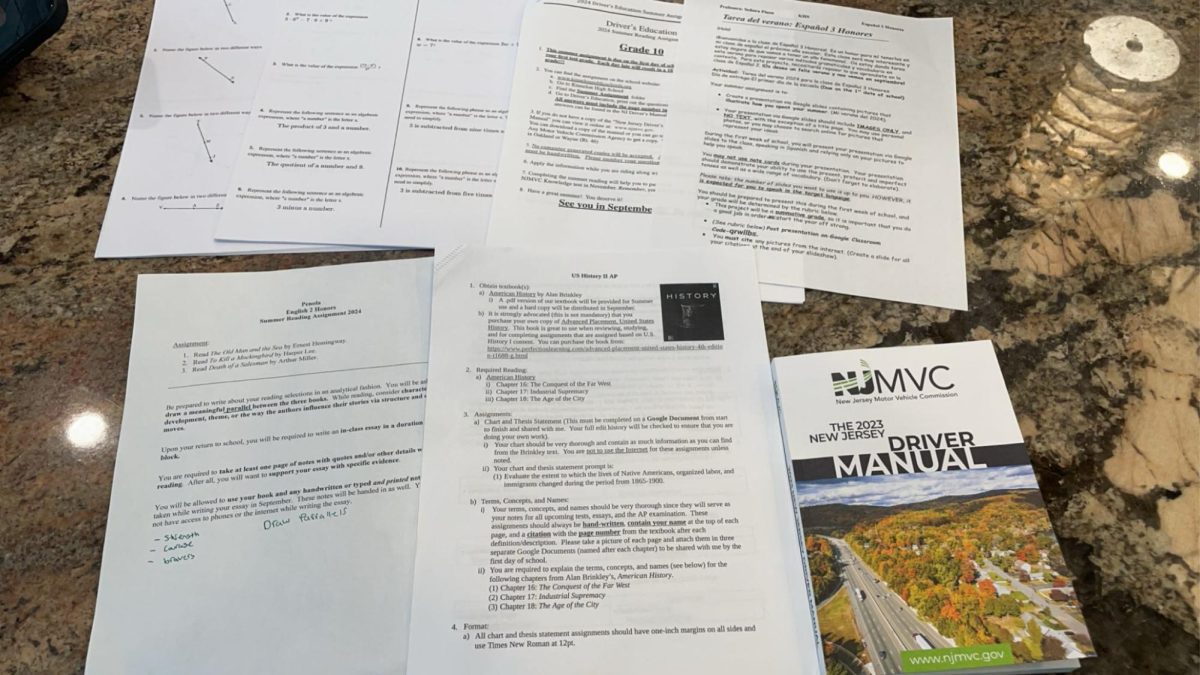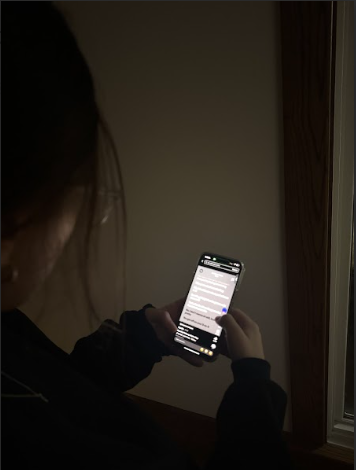
The world is filled with different cultures and people. In their education, students often start to learn about the diversity of the world, but to what extent? In light of Black History month, it is important to evaluate how students learn about minorities and other cultures in the classroom at KHS.
“I think it’s especially important to learn about other cultures today because the world is becoming increasingly more globalized. With the internet, we are able to connect to people around the world, and I feel understanding someone’s culture does a lot to prevent misunderstanding or conflict,” says Senior Maya Vaitovis.
“Living in a culturally diverse world, students should be exposed to different view points to help better understand our American democracy and society,” says AP Government and U.S. History teacher Mathew Arroyo. “I believe the current AP curriculum and current KHS curriculum allows teachers the flexibility to teach a wide array of topics that relate to different cultures and backgrounds. The standards are broad enough to teach topics not thoroughly mentioned in textbooks such as the Tulsa Riot, lynching of Emmett till, death of George Stinney, the Stonewall riot, Cesar Chavez, and the American Indian Movement, to name a few”
There are specific units in current courses that relate to minority and cultural studies as well, especially in social studies. “A significant focus of the Period 8 (1945-1980) curriculum in AP History is about the Civil Rights movement and related movements of the 1960s-Women’s rights, American Indian Movement, Gay Liberation Movement, Youth Culture, Latino Activism, etc…, and in AP Government, a whole unit of the AP curriculum is focused on Civil Liberties and Rights. When applicable, I talk about disadvantaged groups in American History as much as I can” says Arroyo.
“I think that when you think of academic development, students need to become understanding. In teaching my students different perspectives in history, it helps them become more well rounded as people,” says AP Capstone and U.S. History Honors teacher Peter Zablocki. “It’s important to do that because everyone carries their own baggage and by teaching about different cultures and races, it helps students become more understanding of what others are going through”
Teachers also have different approaches to teaching students about minorities and social issues. “In AP History, the African American Civil Rights Movement is always covered in February (fits the pacing of the course). I am very passionate about civil rights and feel that the best approach to teaching students about this topic is for them to see actual footage of what transpired,” says Arroyo.
“I actually like to often have my students go explore opposing viewpoints; I give them a topic and have them critique and evaluate the different perspectives available,” says Zablocki. “I want my students to have some prior knowledge to the material whenever we start a new topic; I will assign sources and ask them to analyze them to better prepare for discussions”
However, only so much information can be packed into a single course; “I think they [teachers] try to incorporate it in their teaching but I feel like they have so much to teach us with the curriculum that they don’t get to going in depth on it,” says junior Beth Malone.
The context in which students learn about minorities is also important. “When students learn about minorities or other cultures in the classroom it’s always in the context of a Eurocentric historical timeline,” says Vaitovis. “Sure, we learn about African cultures, but only in the context of how slavery took it away from them. Granted, the courses offered (APUSH or AP GOV for example) don’t really allow for a deeper dive into other cultures.”
To better incorporate minority and cultural studies into students’ education, students and staff alike have their own solutions. “I would add maybe a subunit within each chapter/unit. Even if we discuss minorities and their experiences relative to a chapter we are learning for half of a class or one assignment on it, we should at least learn about it briefly so that students are educated on them and parts of history are not repeated,” says Malone.
“A great course to add would be Civil Rights Movements in the 20th Century,” says Arroyo. “Because teachers do have to cover a large curriculum in U.S. history courses, they can’t spend too many weeks on the topic. For example, the Birmingham and Selma marches are covered in a few classes, but a teacher can really focus on these significant events for weeks.”
“I think there has been a big push since I started teaching to incorporate information about minorities and social history,” says Zablocki. “We owe it to students to teach them different perspectives.”







